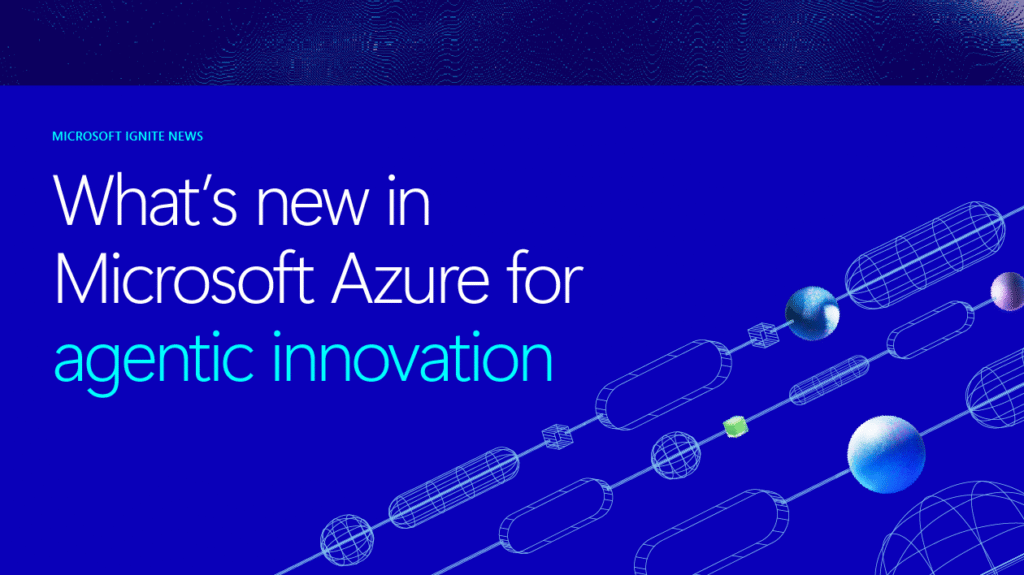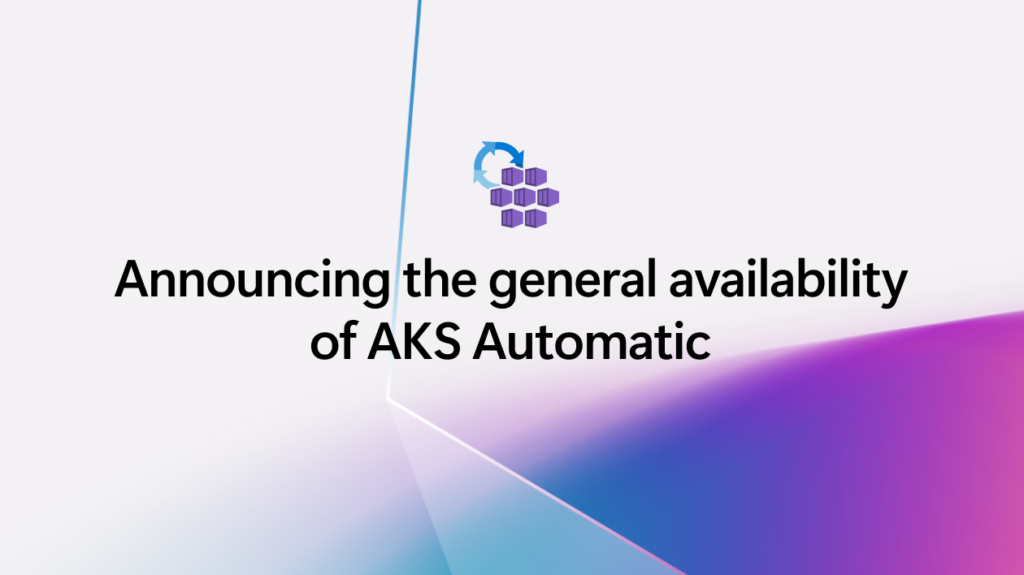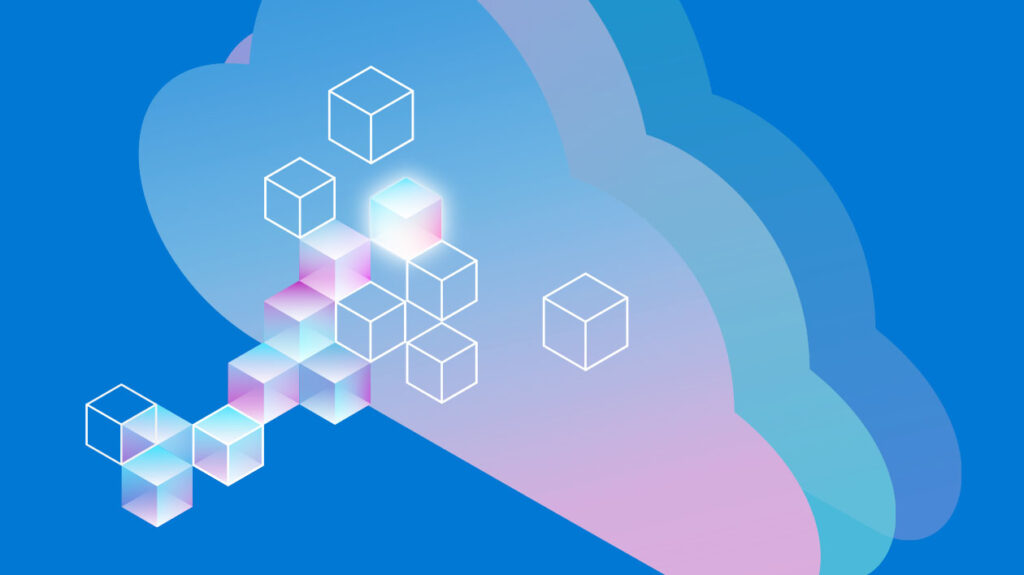
Azure at Microsoft Ignite 2025: All the intelligent cloud news explained
This week at Microsoft Ignite 2025, Azure introduces solutions that address your technology strategy questions with innovations designed for this very inflection point.

This week at Microsoft Ignite 2025, Azure introduces solutions that address your technology strategy questions with innovations designed for this very inflection point.

Azure Kubernetes Service Automatic helps teams go from commit to cloud without friction, accelerating delivery and unleashing innovation.

From Linux kernel code to AI at scale, discover Microsoft’s open source evolution and impact.

Drasi is Microsoft’s new open-source project that simplifies change detection and reaction in complex systems, enhancing real-time event-driven architectures.
The Microsoft Azure Incubations team is excited to announce Radius, a cloud-native application platform that enables developers and platform engineers who support them to collaborate on delivering and managing cloud-native applications that follow corporate best practices for cost, operations, and security, by default.
Join Microsoft at NVIDIA GTC, a free online global technology conference, March 20–23.
Azure Open Source Day highlighted Microsoft’s commitment to open Source and focused on how Open Source Technologies can be used to build intelligent apps faster and with more flexibility.
With well over 1 million views of our fireside chats, we’re inspired by your response to Inside Azure for IT, launched only last July.
To show you the latest capabilities of using Linux and Azure—and share some exciting announcements—we will be hosting Azure Open Source Day on Tuesday, February 15, 2022, from 9:00 AM to 10:30 AM Pacific Time.
In the world we live in today, almost every announcement has the word “open” in it. Sometimes it feels like there are as many definitions of what “open” means as there are announcements mentioning it.
Welcome to Microsoft Ignite. I’m thrilled to share how Microsoft is empowering you to innovate with cloud-native and open source on Azure. The growth of Kubernetes and cloud-native applications in Azure and the broader technology has been nothing short of humbling and awe-inspiring.
I’m excited to share exciting new open source developments from Microsoft and things we’ve learned from our journey with Linux and open source.